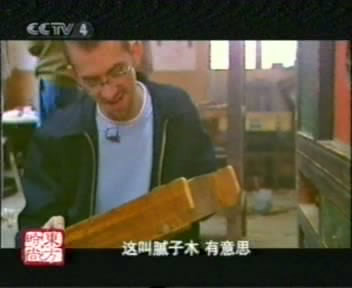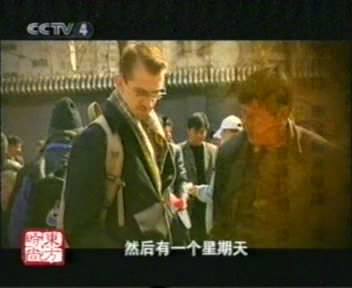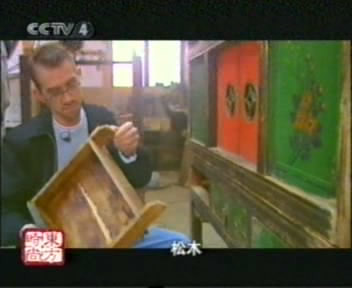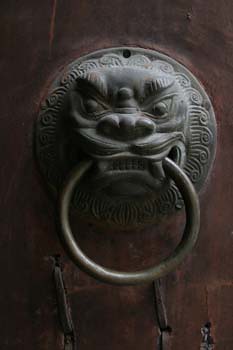November 23, 2008 11:36 pm
“If I purchase a genuine antique while in China,
will I be able to export it back to my home country?”
The short answer is only if it is A) made after 1911 and more importantly B) not classified as Cultural property. According to the official Chinese law on the Protection of Cultural Relics, before an item may be exported (including items which have either been “passed down from former generations” or simply found/unearthed) it must meet the following criteria:
- “They shall be those of which there are large numbers of replicas and which are overstocked.
- They shall be those unearthed during archaeological excavation which, after the completion of the tasks of scientific research, are no longer in value for domestic preservation.
- They shall be those which, in addition to satisfying the conditions set forth in items (1) and (2), are strictly below the third-class* (inclusive) as specified in the classified criteria of assessment for museums formulated by the State.
- In assessing cultural relics to be exported, any objects whose authenticity is hard to determine at the moment or disputable shall not be exported for the time being so that the outflow of important cultural relics out of carelessness can be avoided.”
In practical terms, this means that:
- That not all pieces are treated equally. Certain items will be considered more valuable to the countries heritage then others.
- Some items may indeed be antique but are nevertheless seen as of little value (in the eyes of the Chinese authorities). Luckily, this tends to mean Chinese provincial antiques which most non-Chinese prefer.
- When in doubt, play it safe if you are a customs inspector.
- First and second class antiquities have a zero chance of being legally exported. One rule of thumb is, if it looks like it belongs in a museum, then either its a fake or you likely have major problems. Fortunately the majority of items foreigners purchase are reproductions, fakes or converted items.
|  (click to enlarge) (click to enlarge)
Beautiful Chinese country antique porcelain ginger jar with the original lid. Perfect condition. Most likely exportable
without trouble. |  (click to enlarge) (click to enlarge)
Classical cobalt blue porcelain bowl with original period mark on the bottom. May have
problems exporting
|
|
|
Its important to note that, Chinese classical antiques are generally subject to increased scrutiny whereas Chinese country antiques tend to be much easier to export.
 |  |
| (click to enlarge) | (click to enlarge) |
| Beautiful Chinese country antique low “kang table” from Shanxi province Most likely exportable | Beautiful Chinese classical antique low “kang table” from Shanxi province
May have problems exporting |
| | |
Why is China so sensitive about this topic?
Other countries allow antique exports…
During the opium wars (Late Qing Dynasty 1839-1842), countless relics were looted, with many remaining outside of China today often showing up at places like Christies Auction House. The government today considers this to be daylight robbery. Then, between 1911 and 1945 before the founding of the PRC, antiques flowed from the Liuli Chang market in Beijing, where French, British, German and Jjapanese buyers frequented. In more recent times, during the disastrous period in Chinese history known as the cultural revolution, countless antiquities, furnitures, porcelains and works of art were looted and/or destroyed by the red guards. And even today, items are still frequently stolen from museums and ancient murals have been hacked away from grottos.
Click here to continue on to our site and read the rest of this article…


















 (click to enlarge)
(click to enlarge) 